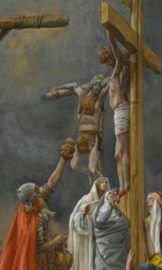
Jesus on the cross received a sponge with some water and vinegar, I remember this episode of the Passion, retold countless times in the church. It struck to me as an additional cruelty inflicted on our Saviour and it was as such explained by the priest. This vivid episode appears in all four Gospels in slightly different forms.
Matt.27 [34]
They gave him vinegar to drink mingled with gall: and when he had tasted thereof, he would not drink.
Matt. 27 [48]
And straightway one of them ran, and took a spunge, and filled it with vinegar, and put it on a reed, and gave him to drink.
Luke.23 [36]
And the soldiers also mocked him, coming to him, and offering him vinegar
Mark.15 [36]
And one ran and filled a spunge full of vinegar, and put it on a reed, and gave him to drink, saying, Let alone; let us see whether Elias will come to take him down.
John.19 [29]
Now there was set a vessel full of vinegar: and they filled a spunge with vinegar, and put it upon hyssop, and put it to his mouth.
John. 19 [30]
Jesus therefore had received the vinegar, he said, It is finished: and he bowed his head, and gave up the ghost.
According to Matthew the vinegar was first offered to him mixed with gall but he refused it. Perhaps it is true, as it is explained, that the first vinegar laced with gall (animal bile) was offered as a sort of anaesthetic. According to old traditions, respected women of Jerusalem provided a narcotic drink to those condemned to death in order to decrease their sensitivity to the excruciating pain. It may well be but I believe that it was just a pot of liquid which was there as a drink for the soldiers and the executioners. Gall, that is bile secretion, is used also in Chinese traditional medicine, taken from various animals and even humans. It is very bitter but it possess anti-oxidant and astringent properties, it is also a sedative and a powerful defence against pathogenic attacks. Not only that: it is a strong natural hypnotic, giving you a kick like a glass of whisky.
A sour drink with vinegar is mentioned in the Bible as a refreshing drink (Numbers 6:13; Ruth 2:14), and in Greek and Roman literature as well. It was a common beverage appreciated by labourers and soldiers because it relieved thirst more effectively than common water. Therefore, the sponge with the vinegar offered to Jesus was not a hostile gesture or a jest, but it was simply the standard drink of the Roman soldiers and of the common people.
Even if the soldiers on the Golgotha were almost certainly not career Roman soldiers, but local auxiliary troops, perhaps from Greece or Syria, they were still using such drink instead of water. Some of those soldiers tried to help him in his sufferings by offering their drink, to alleviate his pain and ease his way out of this unjust world. That day was most probably Friday, April, 3rd AD 33 on the Julian calendar, or April 1st, 33 on the Gregorian calendar. Why can we be sure of the date? Because of a partial moon’s eclipse in Jerusalem on that night at 6:20 PM, as mentioned by Peter (Acts 2:20).
Girolamo Cardano (1501-1577?) mentioned this drink as one of the possible causes of Roman prowess: because of it they were better protected from infections. Cardano, an historian and a physician, was the first in his Neronis Encomium to make a connection between Roman drinking habits and their military might.
This type of drink was called Posca and was vinegar mixed with water and spices. For centuries was their standard drink and if honey was added, it was heated to dissolve it, making it even more safe and in addition to that, because of the acetic acid it contained, it possessed mild disinfectant properties.
Posca could be compared to Coca-Cola and it was tasting, at its best, like the famous American drink: slightly acidic and bitter if mixed with gall or with special herbs, plus honey.
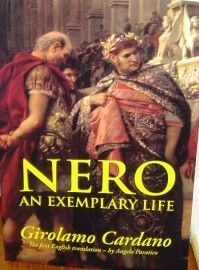 This book was written by Girolamo Cardano (1501-1577?). The original in Latin was first published in Basel as Neronis Encomium in 1562 by the printer Henric Petri. The first English edition was issued in 2012 as Nero. An Exemplary Life in Hong Kong by Inkstone Books, in a limited edition of 200 copies. The translation from Latin to English is due to Angelo Paratico.
This book was written by Girolamo Cardano (1501-1577?). The original in Latin was first published in Basel as Neronis Encomium in 1562 by the printer Henric Petri. The first English edition was issued in 2012 as Nero. An Exemplary Life in Hong Kong by Inkstone Books, in a limited edition of 200 copies. The translation from Latin to English is due to Angelo Paratico.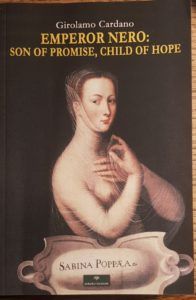

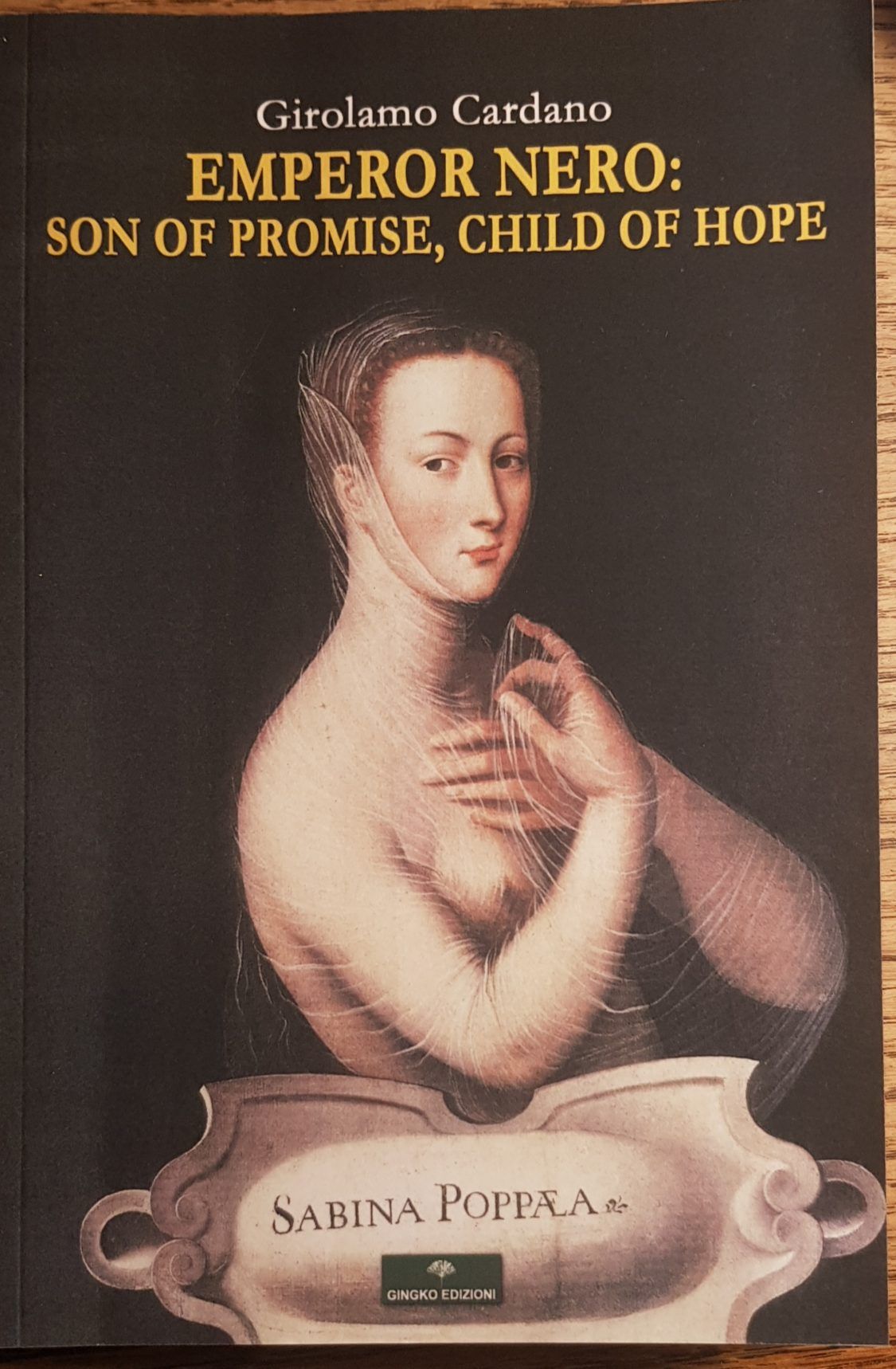


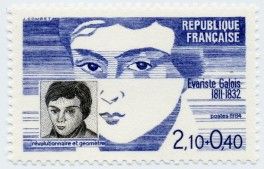
![galois[1]](http://www.gingkoedizioni.it/wp-content/uploads/2014/11/galois1-264x169.jpg)